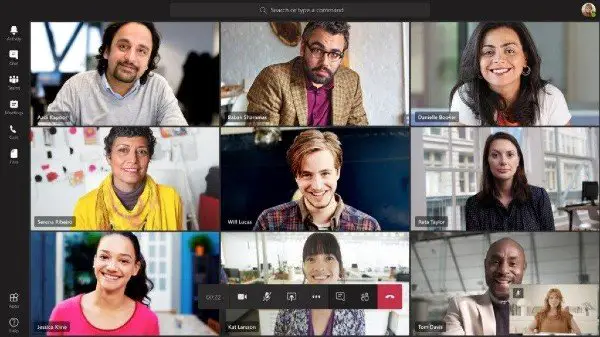It looks like Microsoft now wants to take your communication to the next level, courtesy of some of the new offerings in Microsoft Teams. As the overall consumption of remote communication and video calling services around the world continue to increase, Microsoft has been preparing to introduce the next batch of updates in Teams, the company’s enterprise video-conferencing service.

Microsoft announces new Teams updates
Microsoft Teams has announced what it describes as new advanced communications capabilities to help users achieve “more professional, seamless, compliant experience.” In its recent blog post, Microsoft wrote:
“As our customers are mastering using Teams for group meetings, they want to increase their reach, and use the same familiar tool to deliver online meetings and events at a much broader scale. Naturally, this scale requires both structure and admin control, to achieve a more professional, seamless, compliant experience.”
Microsoft Teams now allows up to 20,000 participants to be part of meetings. However, Microsoft has limited the size of interactive meetings to 1,000 participants. Upon hitting this limit, other participants can join the meetings over a ‘view-only’ mode. Meaning, beyond the initial 1,000 attendees, other participants can’t be an active part of Teams meetings since they can only spectate meetings.
As part of Teams’ enhanced admin controls, Microsoft is providing Teams admins with some new capabilities to decide the structure of meetings. Admins can now add their company’s branding to meetings, courtesy of branded meeting lobby. This feature will be available in the coming months. In the future, organizations can extend their branding to the core Teams meeting experience.
In related news, Microsoft is currently working on a new ‘Call Merge’ feature to allow Teams users to merge one-on-one calls. This feature is currently in development and is set to release next month (August 2020). Users can add people to group calls started from group chats in Microsoft Teams, but they can’t add people to one-on-one calls, something Microsoft Microsoft is addressing in future updates.